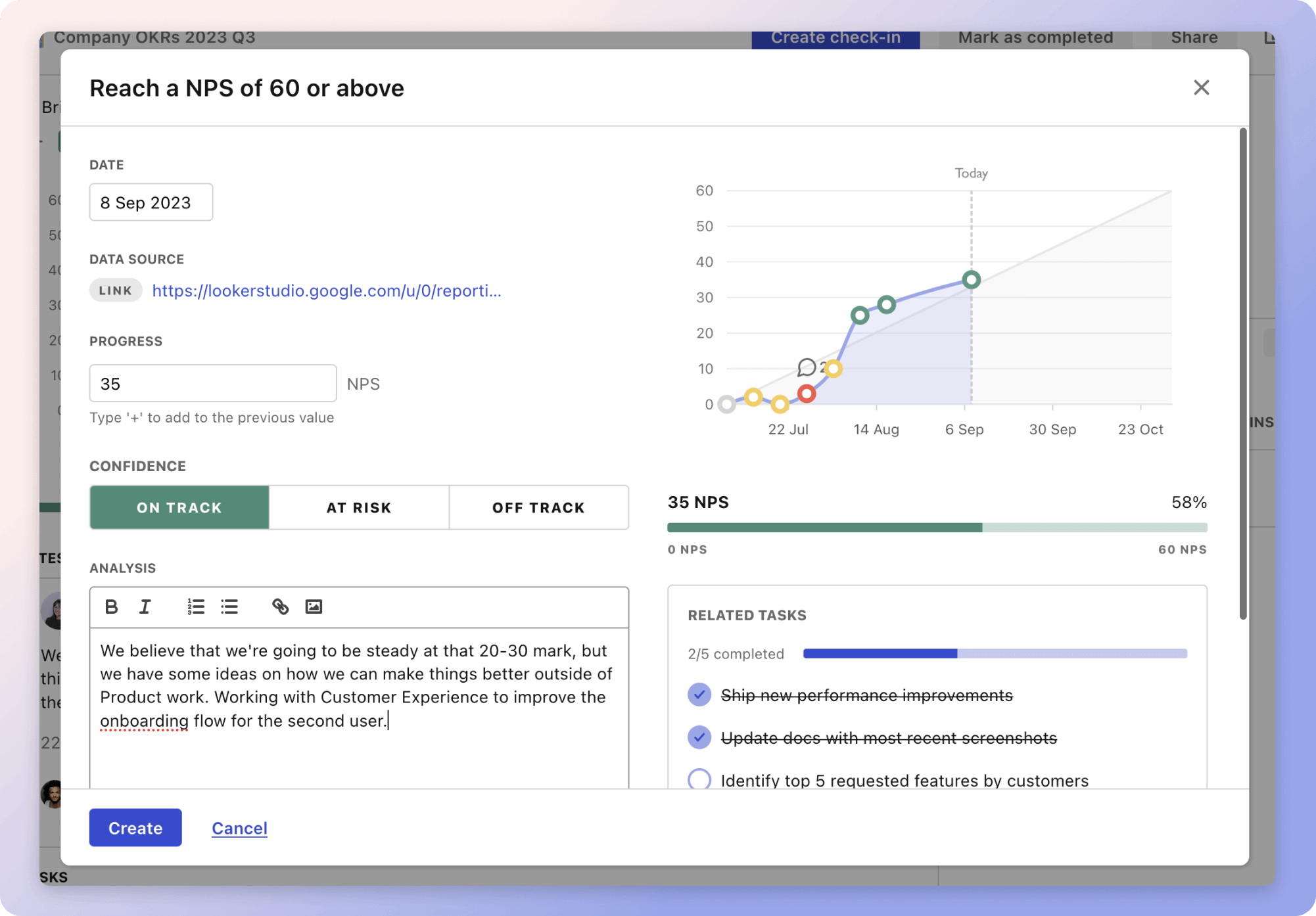The strategy for establishing a training department within an airport handling company involves three key areas. First, defining objectives and scope is crucial. This includes identifying goals, conducting a needs assessment to pinpoint skill gaps, and creating a budget proposal. For example, if employees lack customer service skills, training programs should address this gap. Gaining buy-in from senior management ensures alignment with the company's broader goals.
Secondly, developing a comprehensive training program is essential. This involves designing curricula that cater to various roles, using a mix of theoretical and practical methods, and incorporating e-learning for flexibility. Collaborating with external providers for specialized topics ensures the breadth of training. For instance, partnering with experts on aviation safety can enhance program depth.
Lastly, hiring and training personnel dedicated to the training department is vital. This means hiring qualified trainers, providing them with orientation on company procedures, and fostering a culture of continuous development. Implementing a mentorship program can help new trainers acclimate quickly. Regular evaluations and rewards can motivate trainers and boost morale.
The strategies
⛳️ Strategy 1: Define objectives and scope
- Identify the specific goals and objectives for the training department
- Conduct a needs assessment to determine the skills and knowledge gaps among employees
- Define the scope of training programs to be offered
- Establish key performance indicators for the training department
- Create a training budget proposal
- Gain buy-in from senior management on the training objectives and scope
- Determine the target audience for the training programs
- Draft a timeline for implementing training programs
- Prepare a communication plan to inform stakeholders about the training department
- Evaluate existing training materials and resources
⛳️ Strategy 2: Develop a comprehensive training programme
- Design training curricula for different roles within the company
- Leverage expertise from experienced staff to contribute to training development
- Utilize e-learning platforms for remote training options
- Incorporate a mix of theoretical and practical training methods
- Create assessment tools to measure training effectiveness
- Collaborate with external training providers for specialised topics
- Develop a training schedule that ensures minimal disruption to operations
- Ensure compliance with aviation regulations in all training programmes
- Establish a feedback mechanism for continuous improvement
- Pilot the training programme with a small group before full rollout
⛳️ Strategy 3: Hire and train training personnel
- Draft detailed job descriptions for training department positions
- Recruit qualified training professionals with industry experience
- Conduct interviews and select suitable candidates for training roles
- Organise orientation sessions for new training personnel
- Provide initial training for the trainers on company procedures
- Promote a culture of continuous professional development among trainers
- Hold periodic meetings to align trainers with departmental goals
- Develop a mentorship program pairing new trainers with experienced staff
- Evaluate trainer performance through participant feedback and outcomes
- Recognise and reward outstanding trainers to boost morale
Bringing accountability to your strategy
It's one thing to have a plan, it's another to stick to it. We hope that the examples above will help you get started with your own strategy, but we also know that it's easy to get lost in the day-to-day effort.
That's why we built Tability: to help you track your progress, keep your team aligned, and make sure you're always moving in the right direction.

Give it a try and see how it can help you bring accountability to your strategy.
